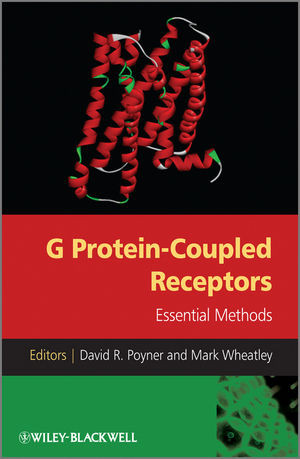

Most ebook files are in PDF format, so you can easily read them using various software such as Foxit Reader or directly on the Google Chrome browser.
Some ebook files are released by publishers in other formats such as .awz, .mobi, .epub, .fb2, etc. You may need to install specific software to read these formats on mobile/PC, such as Calibre.
Please read the tutorial at this link: https://ebookbell.com/faq
We offer FREE conversion to the popular formats you request; however, this may take some time. Therefore, right after payment, please email us, and we will try to provide the service as quickly as possible.
For some exceptional file formats or broken links (if any), please refrain from opening any disputes. Instead, email us first, and we will try to assist within a maximum of 6 hours.
EbookBell Team

4.1
30 reviewsWith contributions from leading international authorities, this book equips readers with clear and detailed protocols for both well-known and up-and-coming techniques along with hints and tips for success. All the methods have been tried and tested by leading international research labs and are presented in easy-to-follow stages along with a useful overview of each technique.
This book is an essential resource for all researchers in molecular biology, biochemistry, pharmacology and for graduate students.Content:
Chapter 1 Measurement of Ligand–G Protein?Coupled Receptor Interactions (pages 1–29): Katie Leach, Celine Valant, Patrick M. Sexton and Arthur Christopoulos
Chapter 2 Second Messenger Assays for G Protein?Coupled Receptors: cAMP, Ca2+, Inositol Phosphates, ERK1/2 (pages 31–52): Karen J. Gregory, Patrick M. Sexton, Arthur Christopoulos and Caroline A. Hick
Chapter 3 Use of the [35S]GTP?S Binding Assay to Determine Ligand Efficacy at G Protein?Coupled Receptors (pages 53–68): Elodie Kara and Philip G. Strange
Chapter 4 Quantitative Imaging of Receptor Trafficking (pages 69–83): Andy R. James, Takeo Awaji, F. Anne Stephenson and Nicholas A. Hartell
Chapter 5 Production of Recombinant G Protein?Coupled Receptor in Yeast for Structural and Functional Analysis (pages 85–110): Richard A. J. Darby, Mohammed Jamshad, Ljuban Grgic, William J. Holmes and Roslyn M. Bill
Chapter 6 Monitoring GPCR–Protein Complexes Using Bioluminescence Resonance Energy Transfer (pages 111–132): Werner C. Jaeger, Kevin D. G. Pfleger and Karin A. Eidne
Chapter 7 Using Intramolecular Fluorescence Resonance Energy Transfer to Study Receptor Conformation (pages 133–146): Cornelius Krasel and Carsten Hoffmann
Chapter 8 A Disulfide Cross?linking Strategy Useful for Studying Ligand?induced Structural Changes in GPCRs (pages 147–167): Jian Hua Li, Stuart D. C. Ward, Sung?Jun Han, Fadi F. Hamdan and Jurgen Wess
Chapter 9 Use of Fluorescence Correlation Spectroscopy to Study the Diffusion of G Protein?coupled Receptors (pages 169–195): Stephen J. Briddon, Jonathan A. Hern and Stephen J. Hill
Chapter 10 Identification and Analysis of GPCR Phosphorylation (pages 197–214): Kok Choi Kong, Sharad C. Mistry and Andrew B. Tobin
Chapter 11 Measurement and Visualization of G Protein?coupled Receptor Trafficking by Enzyme?linked Immunosorbent Assay and Immunofluorescence (pages 215–228): Stuart J. Mundell, Shaista P. Nisar and Eamonn Kelly
Chapter 12 Substituted Cysteine Accessibility Method (SCAM) (pages 229–250): George Liapakis and Jonathan A. Javitch
Chapter 13 Homology Modelling of G Protein?Coupled Receptors (pages 251–273): John Simms